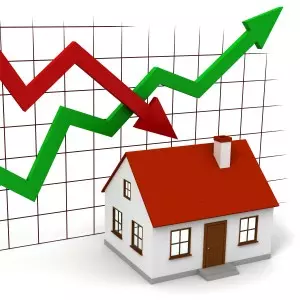Blog > US Tariff Uncertainty and Residential Resales: A Shaky Foundation?

The US residential resale market in 2025 is navigating a complex landscape, and the uncertainty surrounding tariffs is adding another layer of instability. While the direct impact of tariffs primarily hits new construction through increased material costs, these effects are increasingly bleeding into the resale market.
Rising construction costs due to tariffs on materials like steel, aluminum, and lumber, as noted by the National Association of Home Builders (NAHB), are making new homes more expensive. This has a dual impact on resales. Firstly, it reduces the price gap between new and existing homes. As new construction becomes less affordable, some buyers who might have previously opted for a new build are now turning to the resale market, increasing demand and potentially driving up prices for existing homes in certain segments.
Secondly, tariffs contribute to overall economic uncertainty. "When tariffs lead to higher prices for goods and services, consumers may become cautious about spending, including on major investments like homes,"1 explains an analysis by Realty Times. This caution can translate to a reluctance to make large purchases, potentially cooling demand in the resale market, especially for higher-priced homes.
Furthermore, homeowners considering selling might be hesitant to undertake necessary renovations due to increased costs of materials and appliances impacted by tariffs, as highlighted by Investopedia. This could limit the supply of well-maintained, move-in ready homes, further influencing pricing dynamics in the resale market.
While the full extent of the impact remains to be seen, the interplay between tariff uncertainty, rising construction costs, and consumer confidence creates a volatile environment for residential resales in the US. Experts suggest that the market may experience fluctuating demand and price adjustments as these uncertainties unfold throughout 2025.


